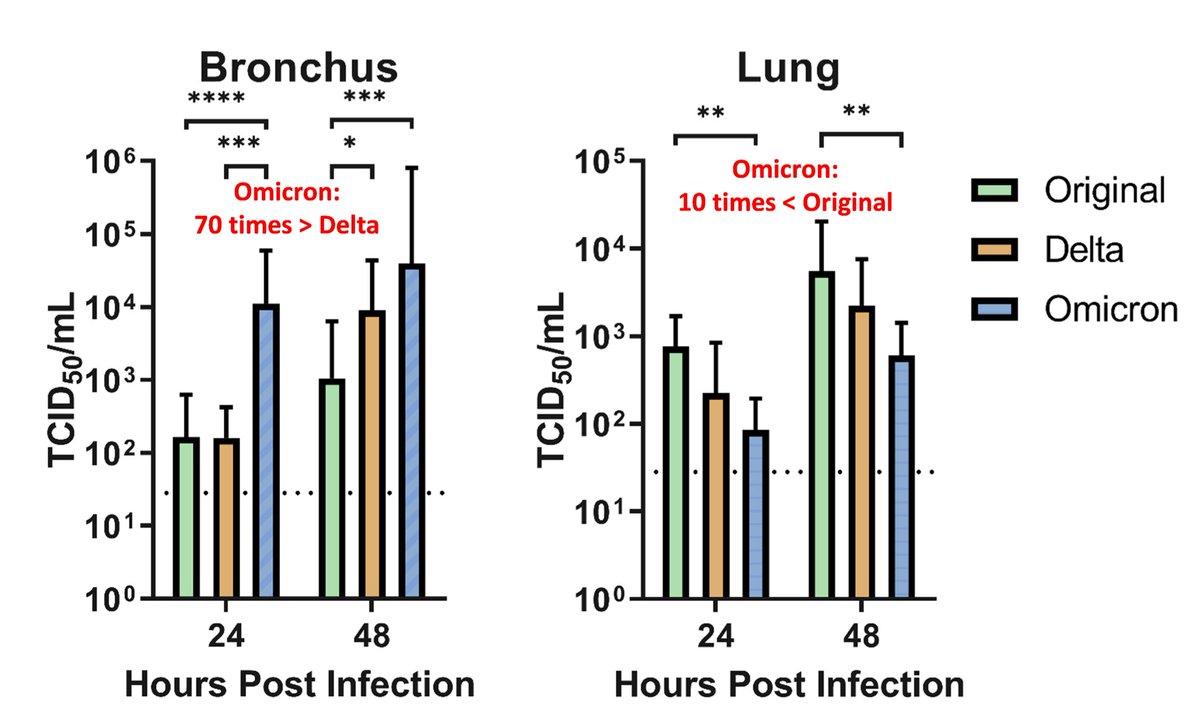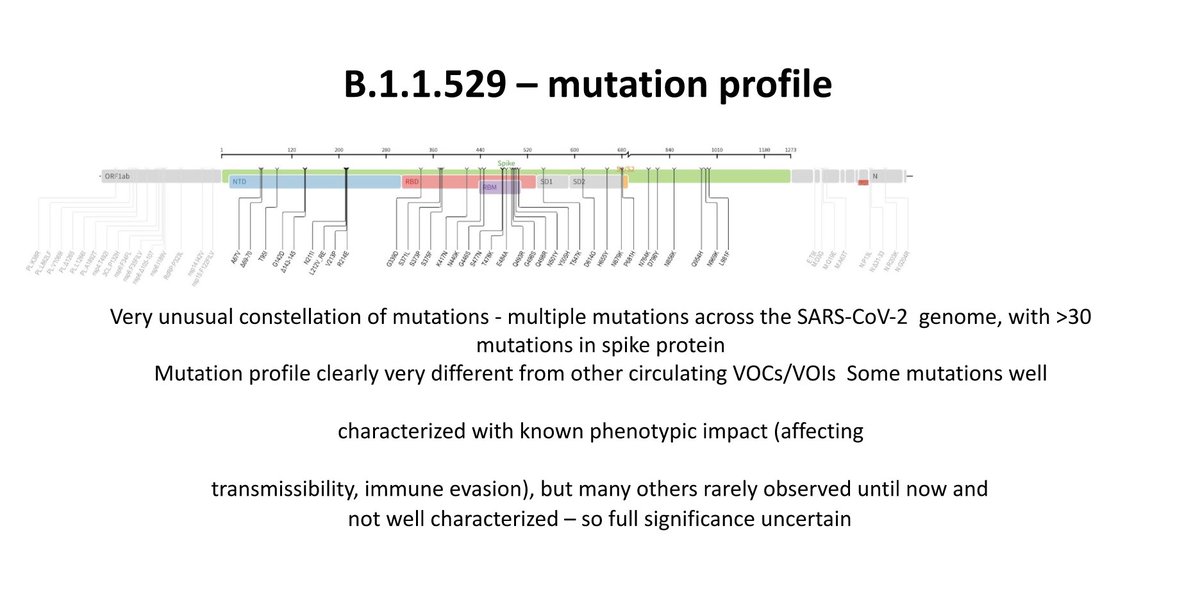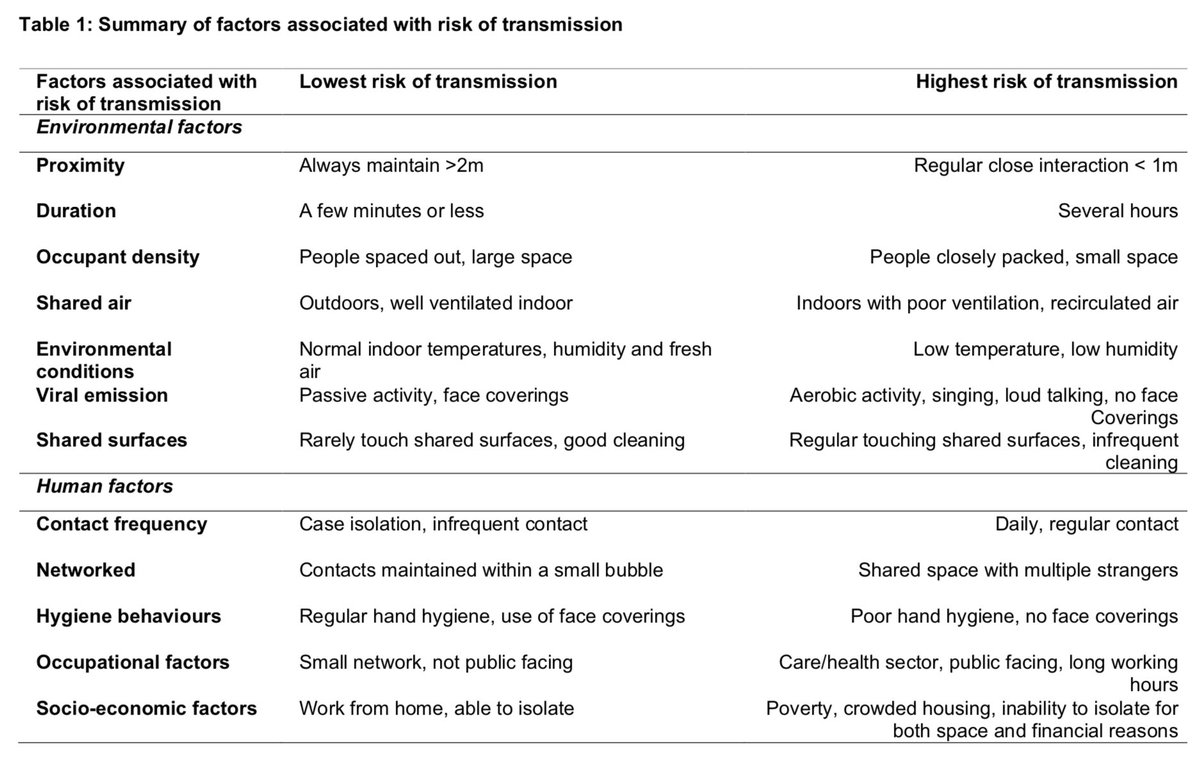
Late breaker session at #ECCMID2022 on acute hepatitis cases of unknown origin in children.
So far, 169 cases have been reported from 11 countries since first case was identified in 31 March. 17 have required liver transplant & at least one death has been reported. #IDTwitter
So far, 169 cases have been reported from 11 countries since first case was identified in 31 March. 17 have required liver transplant & at least one death has been reported. #IDTwitter

Almost all cases had high transaminases, majority of children have been hospitalised. No common exposure has been identified, no link to COVID19 vaccination. Adenovirus F41 was identified in several cases, but it doesn’t fully explain the clinical severity observed. #ECCMID2022 

But there are still many uncertainties about acute hepatitis cases observed. Especially the # of cases, exact age group, clinical presentation, uncertain test results as not all cases were tested for adenovirus, risk factors and transmission routes remain unclear. #ECCMID2022
Based on cases reported in the U.K. acute SARS-CoV-2 account for 16% of cases reported. However acute severe hepatitis has not been a common feature of COVID19 in children, so it’s less likely to explain this presentation. #ECCMID2022 @meera_chand 

Adenovirus is detected in 40/53 tested cases but not all cases are tested. Adenovirus testing has been inconsistent in other samples, and it’s too early to confirm characterisation. It’s important for all countries to share their data once available. #ECCMID22 

This is a really good slide summarising the diagnostic workout of cases with acute hepatitis of unknown origin. Many cases are yet to be tested for other pathogens, so far majority tested positive for adenovirus but inconsistencies in testing is a big issue. #ECCMID2022 

There may be some asymptomatic / mild cases (which will be identified with surveillance) but the majority of cases reported so far presented with gastrointestinal symptoms including jaundice, vomiting, abdominal pain. #ECCMID2022 

There are so many uncertainties. Working hypotheses include:
-adenovirus coinfection w/ other infections
-factors increasing susceptibility & severity of adenovirus infection
-toxin, drug or environmental factors
There is still more work to be done #ECCMID2022
-adenovirus coinfection w/ other infections
-factors increasing susceptibility & severity of adenovirus infection
-toxin, drug or environmental factors
There is still more work to be done #ECCMID2022

Question from the audience about serology testing for SARS-Cov-2. @meera_chand suggests that serology testing is in progress for both anti-N & anti-S, but it will possibly be difficult to interpret these results. #ECCMID2022
Interesting discussion about whether clinical presentation could be explained by adenovirus alone. The general consensus is that it’s less likely for adeno to cause acute severe presentation in healthy children, so need to continue investigating +/- other causes. #ECCMID2022
In summary, causes of acute hepatitis seen in children remain unknown. It could be an infectious or non infectious cause. Unlikely to be covid or vaccine related. Toxins, drugs & other exposures still need to be explored. Increased awareness & surveillance is critical.#ECCMID2022
Some personal thoughts:
1- While adenovirus % is high among acute hepatitis cases, we don’t know how it compares to the prevalence seen in the general population. So, we need to see a case - control analysis comparing different pathogens to identify a real signal. #ECCMID2022
1- While adenovirus % is high among acute hepatitis cases, we don’t know how it compares to the prevalence seen in the general population. So, we need to see a case - control analysis comparing different pathogens to identify a real signal. #ECCMID2022
2- Adenoviruses are non enveloped viruses & are resistant to changes in the environment and therefore DNA can stay +ve for a long time after infection. Viral loads seen in detected cases are low, so may not be acute infection. Need to explore the causal link better. #ECCMID2022
3- and lastly, we need to keep an open mind & explore other non infectious causes such as food poisoning, drug or metal exposure. In my view, covid or even adeno (given low VL) looks less likely to be the culprit here, but I would want to see a case-control analysis. #ECCMID2022
Data on acute hepatitis of unknown origin presrnted at #ECCMID2022 are now available in this excellent @UKHSA technical briefing (summarised in this thread) assets.publishing.service.gov.uk/government/upl…
https://twitter.com/mugecevik/status/1518512912163348480?s=21&t=MDJXoQYml3yJP5-BwIF4mg
https://twitter.com/mugecevik/status/1518512912163348480
• • •
Missing some Tweet in this thread? You can try to
force a refresh















